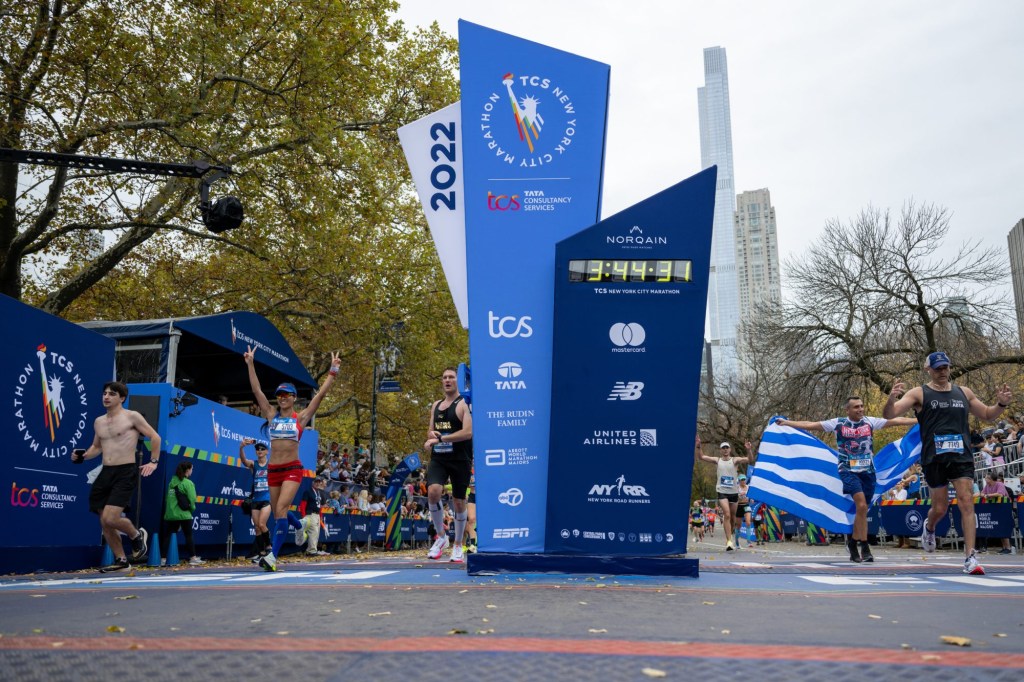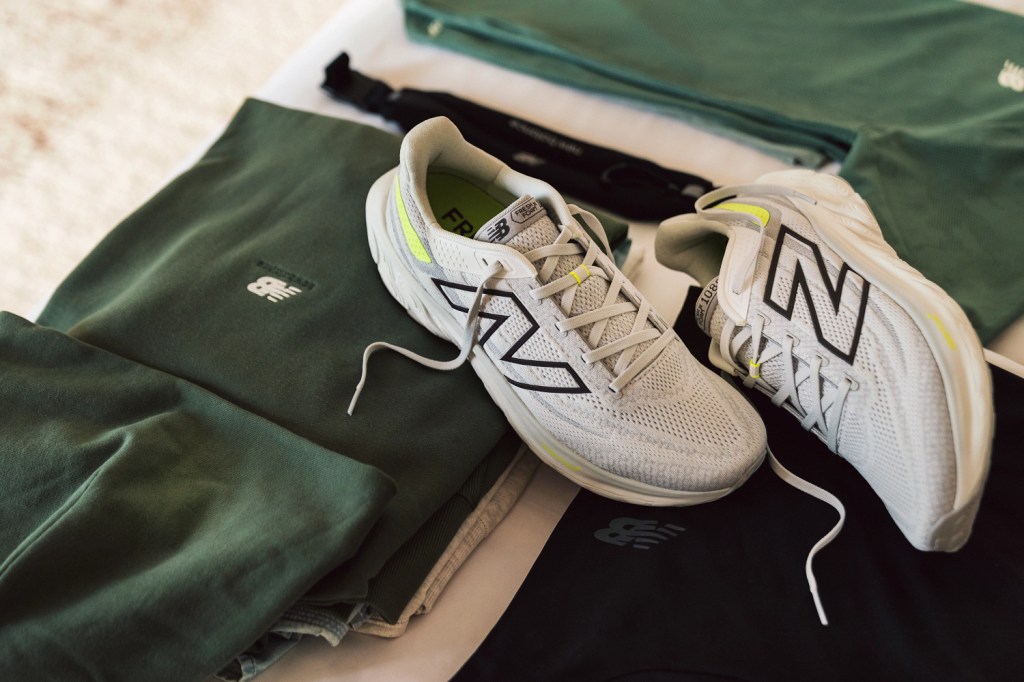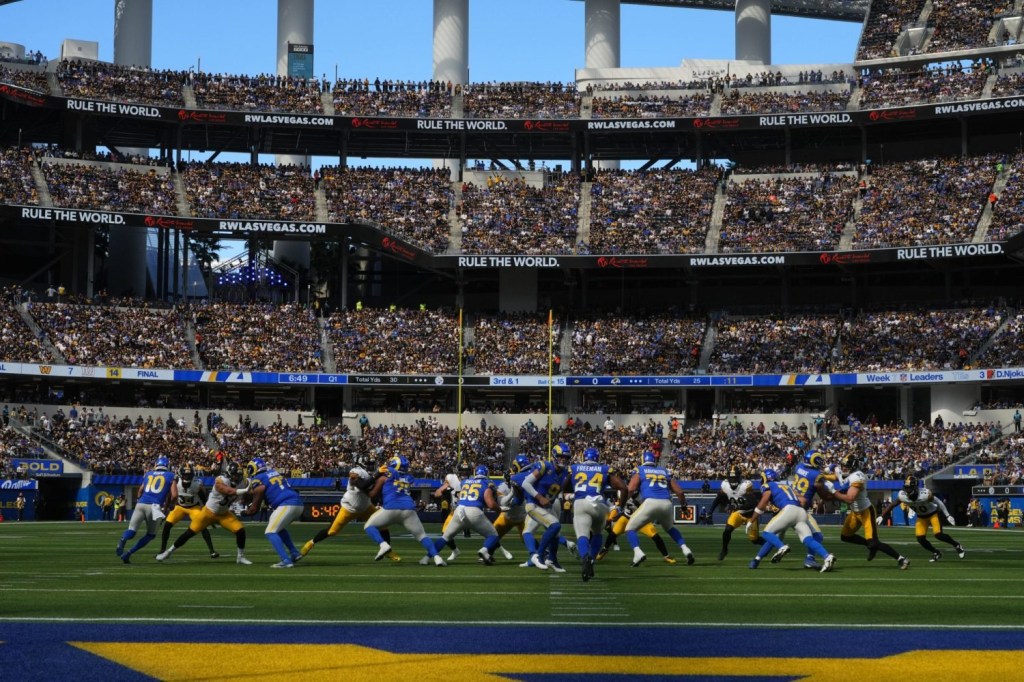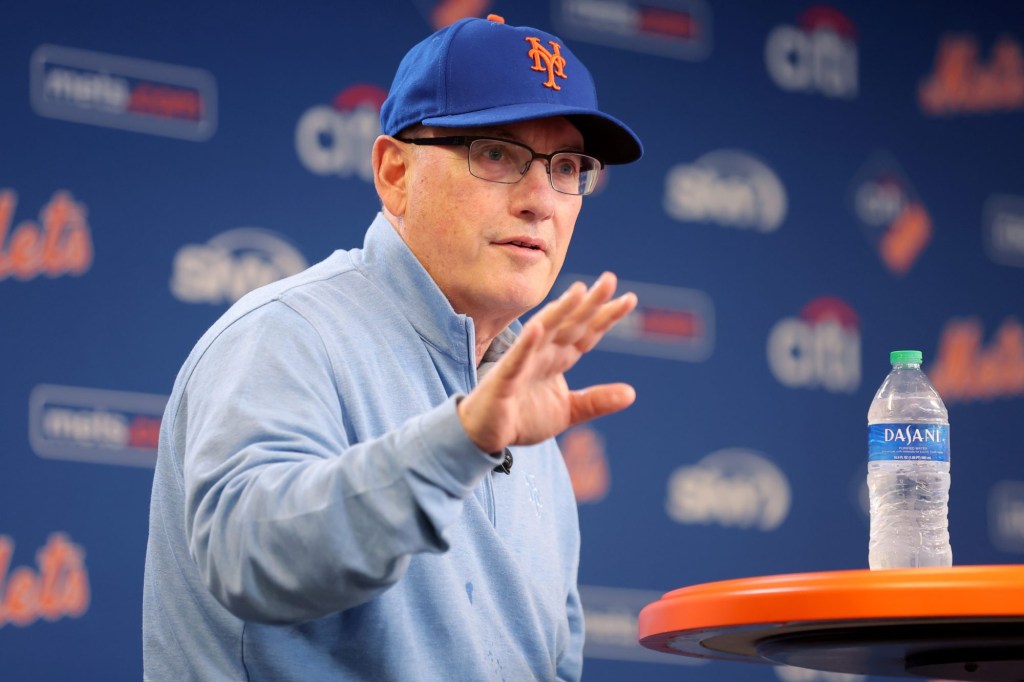A new world record won’t likely be set at Sunday’s TCS New York City Marathon — the course’s hills and bridges don’t immediately lend themselves to the setting of global standards.
But marathons are in the midst of a historic rise in which a men’s world record was set less than a month ago in Chicago and a women’s record was established in September in Berlin — both slashing more than 30 seconds off prior marks.
One of the most difficult feats in all of sports is now on the cusp of seeing the previously unthinkable two-hour barrier broken in an officially sanctioned event. The men’s record, now held by Kenyan star Kelvin Kiptum, is 35 seconds away from that mark.
“People love records. They love to see world records broken,” Rob Simmelkjaer, CEO of New York Road Runners, told Front Office Sports. “It gets people talking about the sport. It gets the sport on the front of newspapers and magazines. It’s great for the sport when you see these incredibly fast runners.”
NYRR, which organizes the TCS New York Marathon, is still aiming for new course records on Sunday.
“The day that somebody does break two hours is going to be a great day for the sport because it’s going to create a surge of interest, both in terms of people watching and following, but also people taking up the sport,” Simmelkjaer added.
Now, a sport that has roots in ancient Greek lore and was a core part of the berth of the modern Olympics more than a century ago — but which has been a niche element in the broader business of sports — has the opportunity to redefine and reassert itself in the 21st century.
Participation Influx
That surge in new runners is already starting, as this fall’s elite-level performance has been joined by a mass-participation boom in marathoning. Whether it’s within the six-race group of World Marathon Majors or outside it, marathons are seeing a full return to pre-pandemic levels this year — and in some cases, unprecedented numbers of entries.
Fitness tracker Strava said that the share of runners racing in marathons roughly doubled on its platform last year, with more growth expected for 2023.
New York is the latest to benefit. This year’s expected total of more than 50,000 finishers will be the race’s highest total since 2019, and 96% of the other races NYRR organized this year were sellouts.
“Races are selling out, and the demand is certainly out there among the general pack of runners,” Michelle Taylor, global head of sports sponsorships for TCS, told Front Office Sports. “We certainly hope this is a lasting trend of people wanting to be healthier and looking toward running as a way to do that.”
Technology Race
At its most basic level, marathon running is perhaps the simplest sport out there — you merely run from a starting line to a finish line 26.2 miles away in the shortest time possible.
But marathons are being transformed on both participant and spectator levels by technology.
Both the recent men’s and women’s world records were surrounded by heightened debate around “super-shoes,” particularly those made by Adidas and Nike. Ethiopian Tigst Assefa wore Adidas’ Adizero Adios Evo Pro 1 for her world record run in Berlin, while Kiptum wore Nike’s new Alphafly 3.
These super-shoes feature thick, springy soles and advanced technology designed to help propel runners forward, creating new charges that the sport is now being “weaponized” by footwear advances. The shoes are also often developed as single-use footwear to be discarded after just one marathon.
“This is the lightest racing shoe I have ever worn,” Assefa said prior to her record-setting run in Berlin. “The feeling of running in them is an incredible experience — like nothing I’ve felt before.”
On a fan level, race organizers have also sought to include an ever-growing number of features in their official event mobile apps. The updated version of the official TCS New York City Marathon app allows for real-time tracking of individual racers, live feeds from five locations along the route, and additional second-screen elements aimed at complementing the primary race broadcast on ESPN2 and New York’s WABC-TV.
Those elements are designed to help create a level of direct connection between participant and spectator not necessarily seen in other sports, as well as also showcase race divisions typically receiving less broadcast time than elite male competitors.
“We give people the opportunity to follow the runners they care about, whether it’s an elite runner, a friend, or a co-worker,” Simmelkjaer said. “And this is something we’re seeing all over the world, people following runners wherever they are, and even if they don’t have access to a TV and the race coverage.”
Popularity Questions
Even with the surge in popularity, raw marathon audience numbers remain a mere fraction of established team sports properties such as the NFL, MLB, or NBA, or even other individual sports such as golf and tennis.
The Boston Marathon, another prominent part of the World Marathon Majors, set an event record this past spring with an average of 369,000 viewers on ESPN. But that number is 4% of the recent World Series audience — which itself set a record low for that event and sparked significant industry debate.
So why does doing business with marathons even make sense?
Information technology services company TCS not only renewed its title sponsorship to the New York City Marathon two years ago through 2029, but also committed $30 million to $40 million annually in global running sponsorships and related programming. As part of that overall push, the company signed a title sponsorship to the London Marathon last year in a six-year pact.
For this brand and many others spending on marathons, the deeply personal connections that typically surround each individual runner’s marathon training offer a unique entry point, particularly when combined with the kind of elite human achievement that appeals to mass audiences.
“There are very few platforms that allow for the kind of engagement that we get here with our clients and employees,” Taylor said. “As people are preparing for a marathon, it’s typically a nine-month journey — and usually a positive nine-month journey.”
By Sunday night, the last of the finishers in the TCS New York City Marathon will cross the finish line. But for the business of marathon running, the race is just starting.







